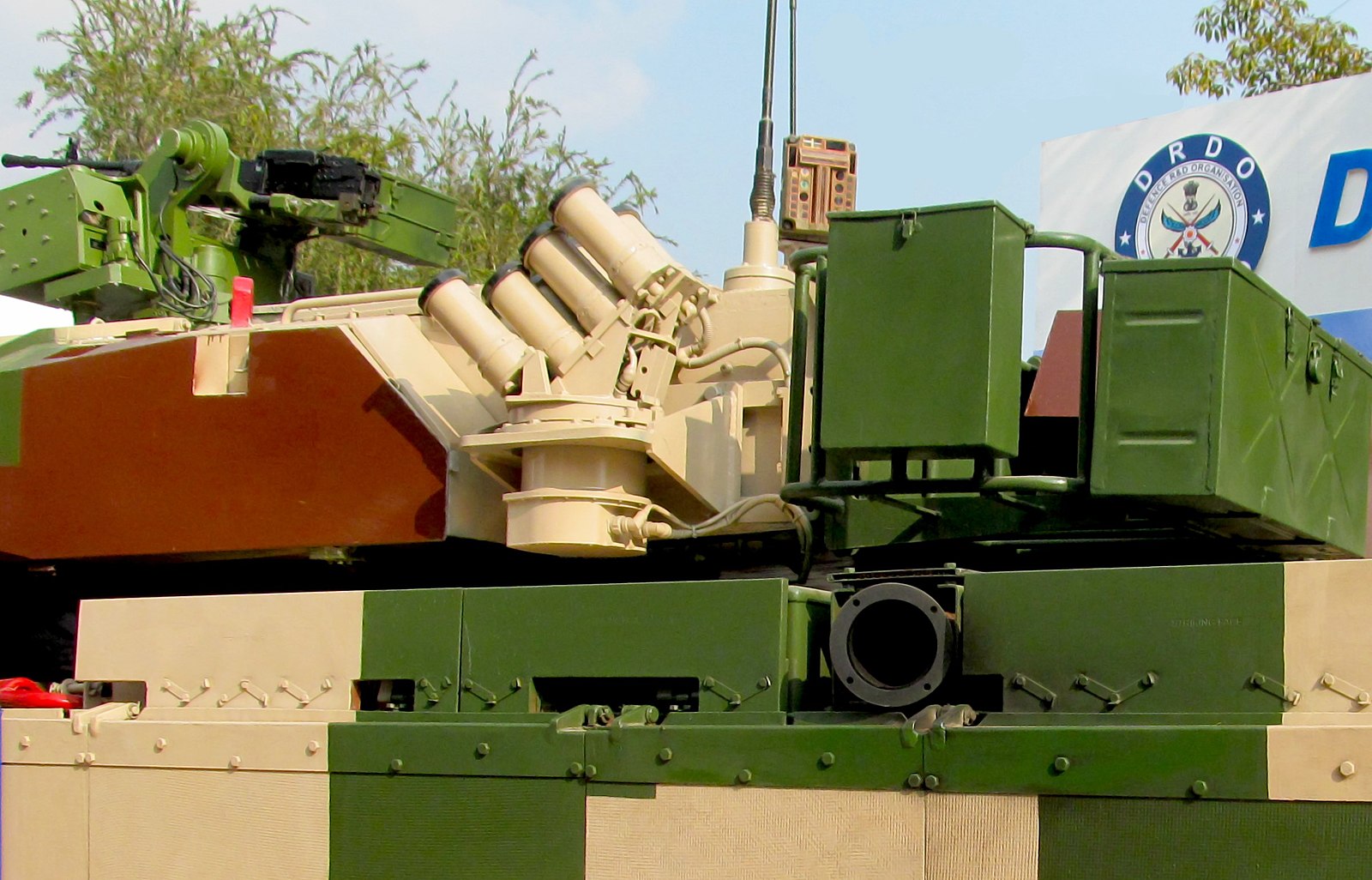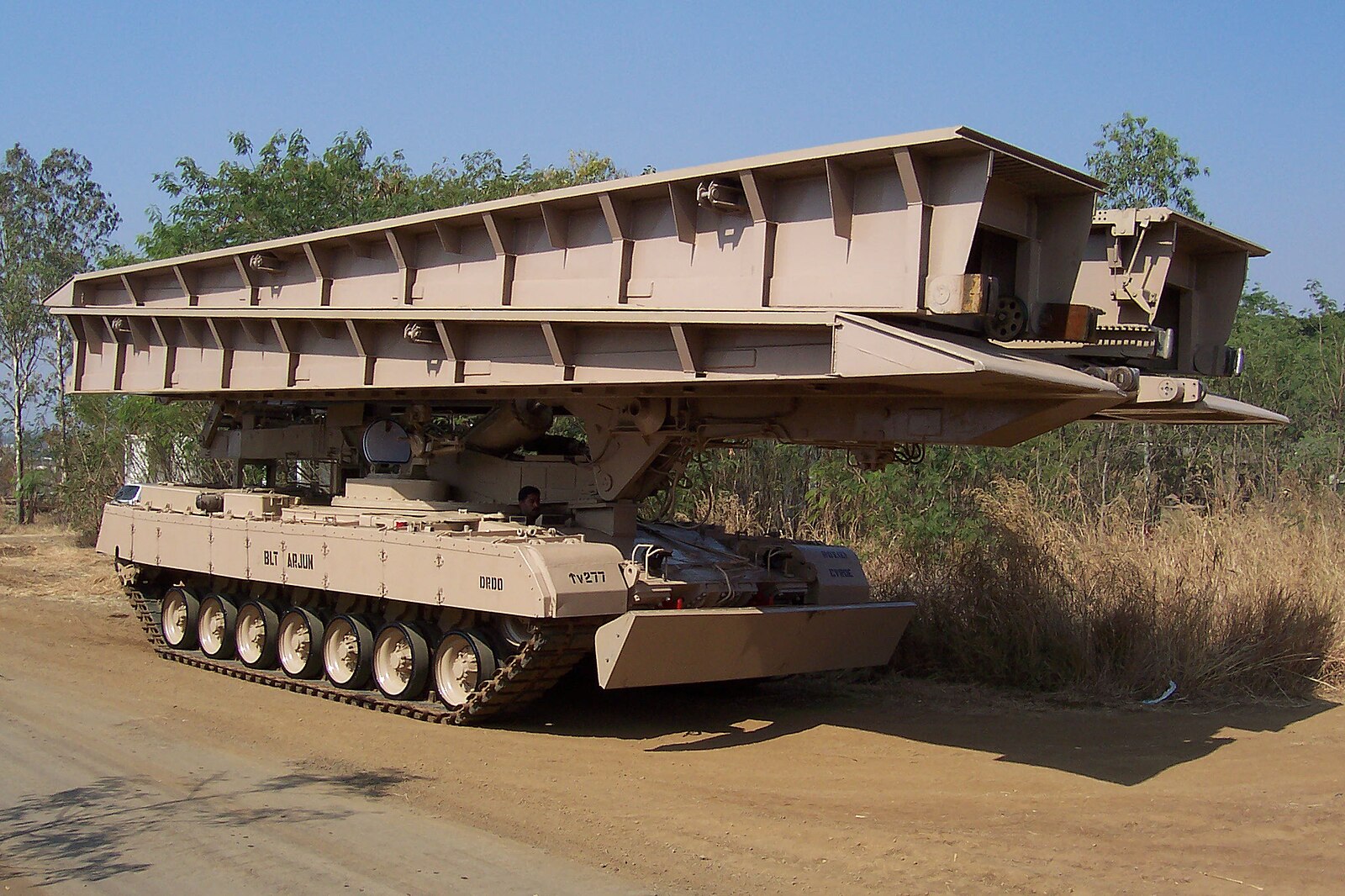
Amidst escalating tensions, India is reassessing its military capabilities, particularly in the realm of main battle tanks. Historically, India has leaned on outdated Soviet technology, facing challenges in developing a viable domestic alternative, exemplified by the Arjun tank.

The significance of main battle tanks in contemporary warfare has come under intense scrutiny since the onset of the Russian invasion of Ukraine more than two years ago.

The conflict has witnessed the deployment of thousands of Russian tanks, many of which are relics of the Soviet era, struggling against resilient Ukrainian resistance. In contrast, Ukraine has relied on Western-built tanks and armored vehicles.

Consequently, the reliance on tanks by both sides has prompted nations worldwide to review their tank fleets.

Much like the Russians, the Indians have heavily relied on Soviet-era tank technology.

India currently possesses approximately 2,000 Soviet T-72 tanks, imported during the early 1980s.

Despite this reliance on aging Soviet tanks, India has been endeavoring to develop a domestic main battle tank, the Arjun, albeit encountering numerous setbacks and challenges.

Maya Carlin highlighted India’s struggle spanning over five decades to produce its own domestic main battle tank, the Arjun.

The prolonged delay can be attributed to logistical delays and design issues, resulting in significant technical problems, with over three-quarters of these units being rendered non-operational.

The Arjun, a third-generation main battle tank, was developed by the Combat Vehicles Research and Development Establishment (CVRDE) of the Defence Research and Development Organization (DRDO) to serve the Indian Army.

Named after Arjuna, the revered archer prince from the Indian epic Mahabharata, the Arjun boasts an array of weaponry, including a 120mm rifled main gun equipped with domestically developed armor-piercing fin-stabilized discarding-sabot ammunition, along with a PLT 7.62mm coaxial machine gun and an NSVT 12.7mm machine gun.

Powering the Arjun is a single MTU multi-fuel diesel engine, generating up to 1,400 horsepower and propelling the tank to a maximum speed of 25 miles per hour. Operated by a four-man crew comprising a commander, gunner, loader, and driver, the Arjun was envisioned to incorporate Indian components, prompting developers to design various tank parts, such as the hull, armor, turret, and running gear, from scratch.

However, the incapability of Indian manufacturers to develop such advanced tank technology at the time resulted in significant delays, leading to the importation of approximately 25-30 percent of the Arjun’s parts.

After years of development, the Arjun tank was deemed “ready” for production in 2009, and the Indian Army procured 124 units, despite significant technical flaws discovered during testing.

However, within six years, approximately 75 percent of the Arjun tanks became non-operational due to technical issues, prompting India to revert to dependence on Russian tanks. Consequently, India ordered several hundred Russian-made T-90 tanks, highlighting the setback and reliance on external sources despite efforts to develop domestic tank technology.
Relevant articles:
– India’s Arjun Tank Might Be the Worst Ever for 1 Clear Reason, The National Interest
– Armored Failures – Part 1: Arjun, Armored Warfare
– India’s MBT: Arjun and its standing among Tanks, DefenceTalk

